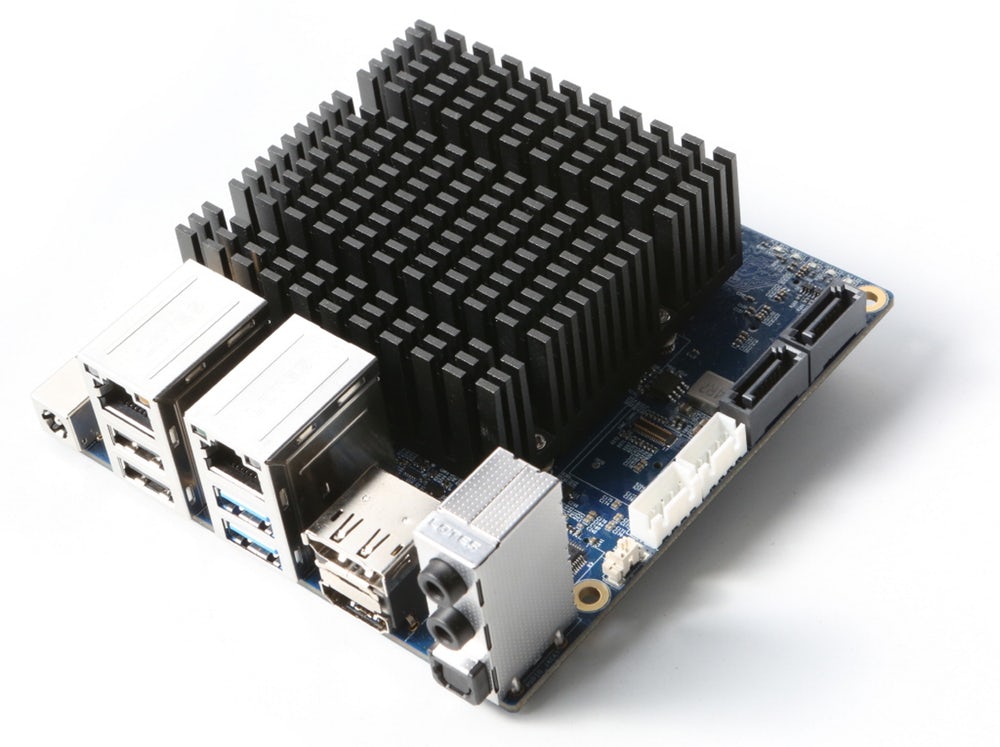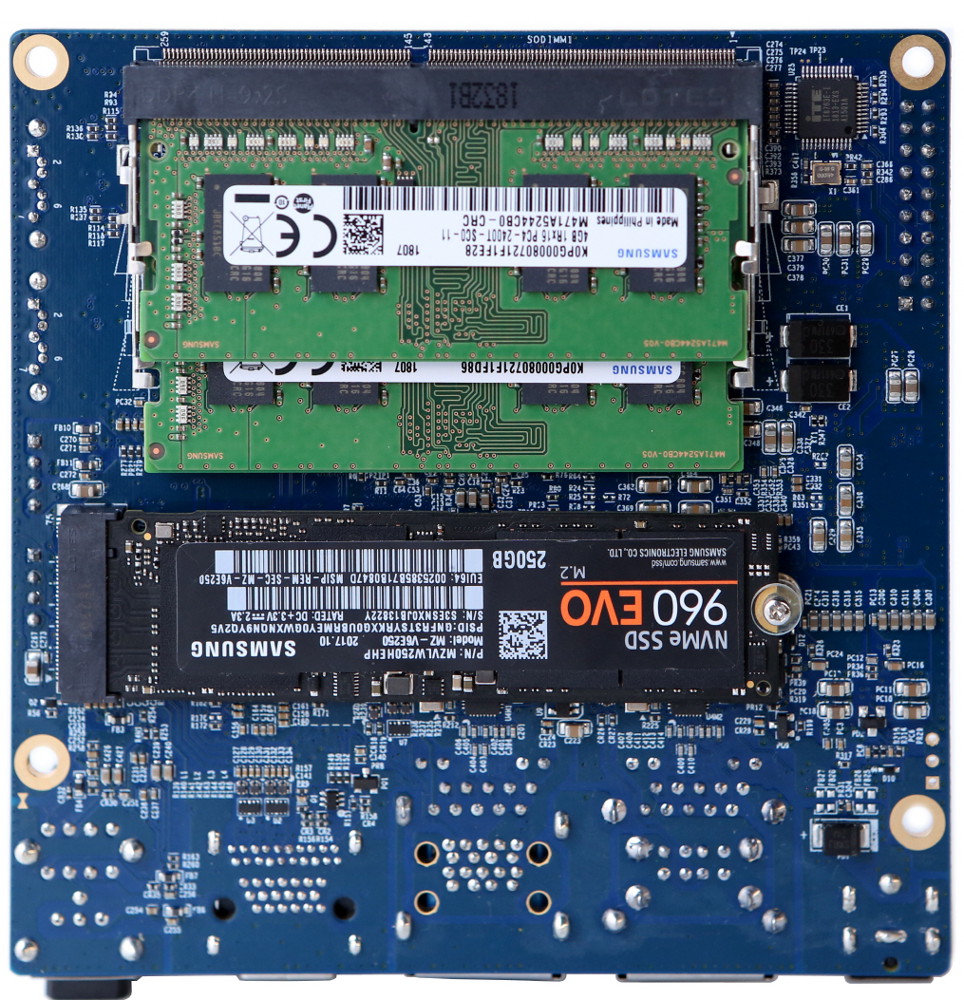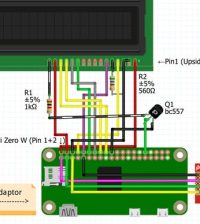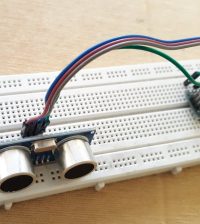- makeITcircular 2024 content launched – Part of Maker Faire Rome 2024Posted 2 weeks ago
- Application For Maker Faire Rome 2024: Deadline June 20thPosted 2 months ago
- Building a 3D Digital Clock with ArduinoPosted 7 months ago
- Creating a controller for Minecraft with realistic body movements using ArduinoPosted 7 months ago
- Snowflake with ArduinoPosted 8 months ago
- Holographic Christmas TreePosted 8 months ago
- Segstick: Build Your Own Self-Balancing Vehicle in Just 2 Days with ArduinoPosted 8 months ago
- ZSWatch: An Open-Source Smartwatch Project Based on the Zephyr Operating SystemPosted 9 months ago
- What is IoT and which devices to usePosted 9 months ago
- Maker Faire Rome Unveils Thrilling “Padel Smash Future” Pavilion for Sports EnthusiastsPosted 10 months ago
Raspberry Pi-style Odroid-H2: World’s First Intel Gemini Lake Hacker Board

The ODROID-H2 is one of the first SBCs to integrate the cutting-edge x86 Intel Gemini Lake SoC. It brings the power of a low-end PC to a single-board computer (SBC). Hardkernel is planning to begin mass production in the next few weeks and should be ready to ship the H2 boards by late November.
The board is more powerful and has more features than the most famous SBC, the $35 Raspberry Pi 3 B+, but will almost certainly cost considerably more (it is expected to cost more than $100).
Odroid-H2 taps the second fastest Desktop version of the Gemini Lake SoC family with the Celeron J4105, a quad-core 14nm-fabricated SoC with an official clock rate of 1.5GHz/2.5GHz burst that the Odroid project pegs at 2.3GHz.
The H2 features Intel UHD graphics and up to 32 GB of dual-channel DDR4 RAM. There are four PCIe 2.0 slots for storage, two SATA 3.0 connections, USB 3.0 ports and two gigabit Ethernet ports. HDMI 2.0 and DisplayPort 1.2 video outputs mean that two 4K displays are a possibility.
The board measures 110 x 110 x 43 mm (4.3 x 4.3 x 1.69 in) and tips the scales at 320 g (11.28 oz), including two DRAM modules and an M.2 NVMe SSD. The design includes a large heatsink for quiet, powerful performance.
The board’s makers Hardkernel said the decision to go with x86 was driven by a desire for better Linux support, improved graphics drivers and video decoding/encoding, and fast data processing.
















